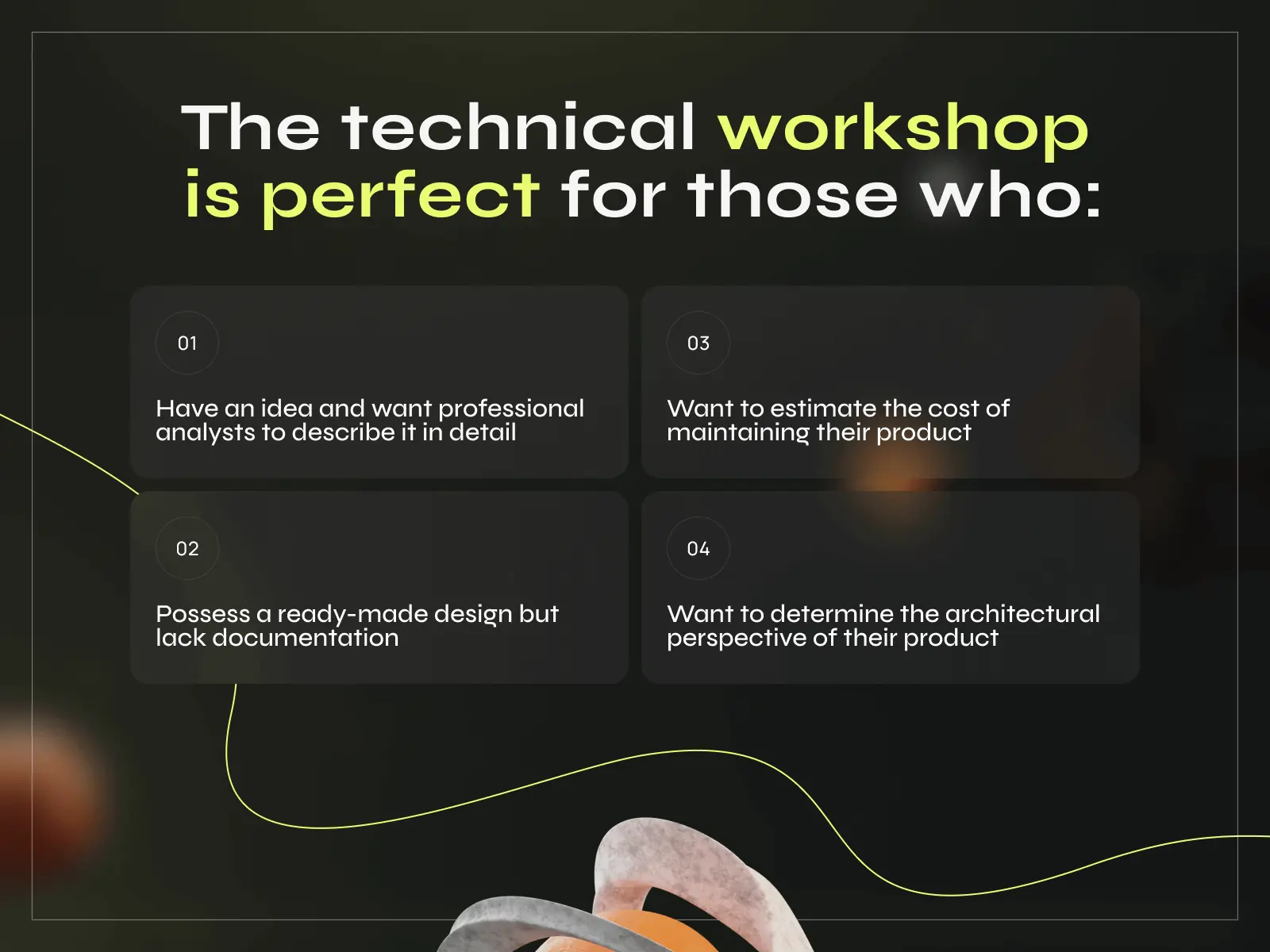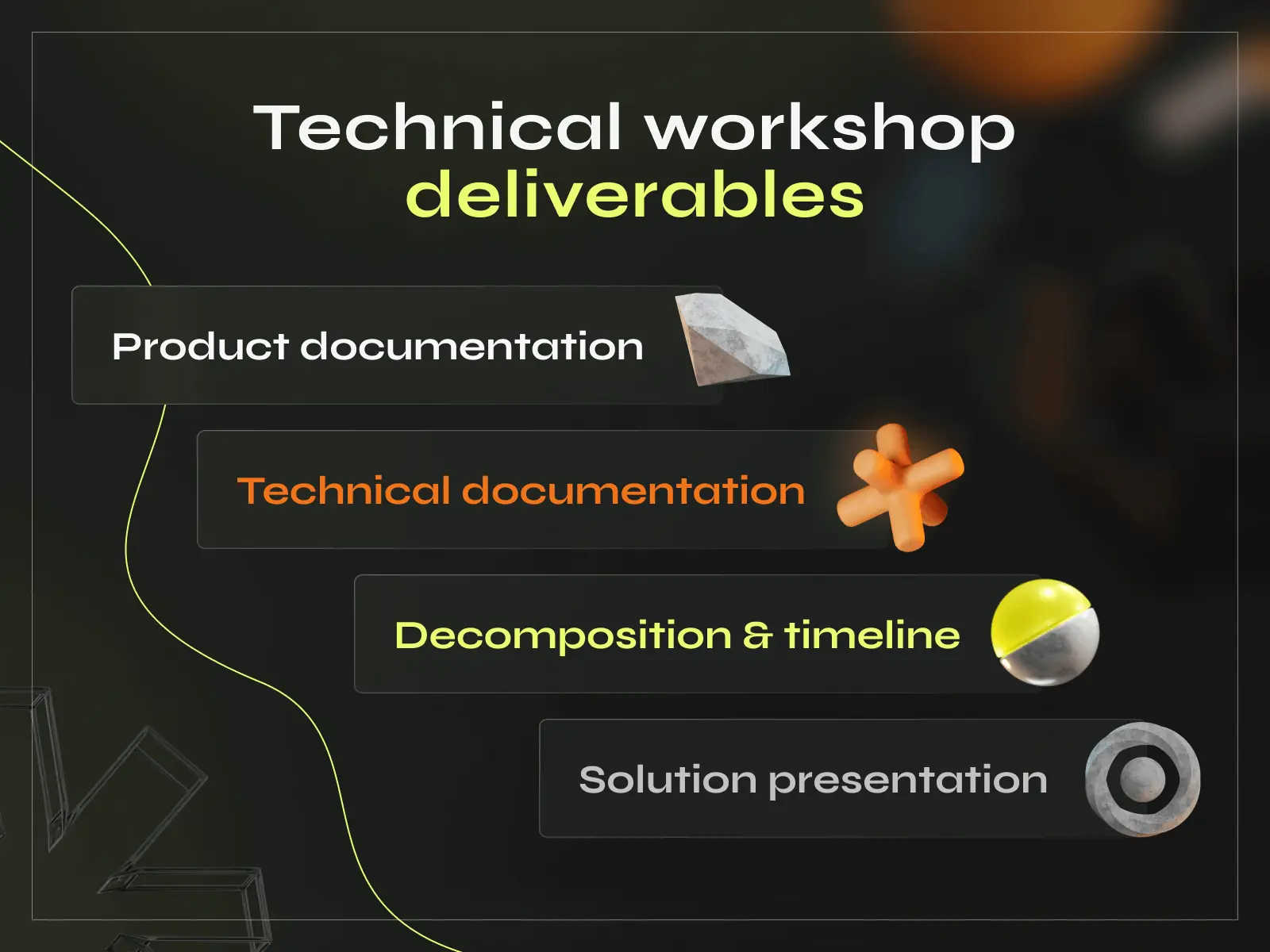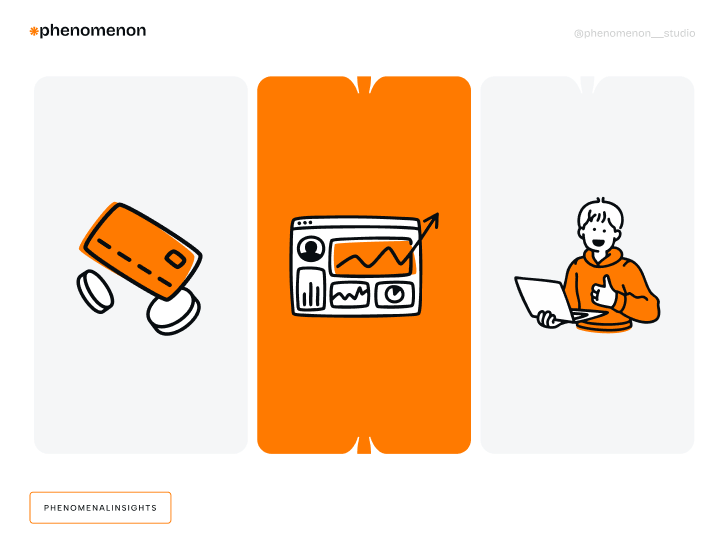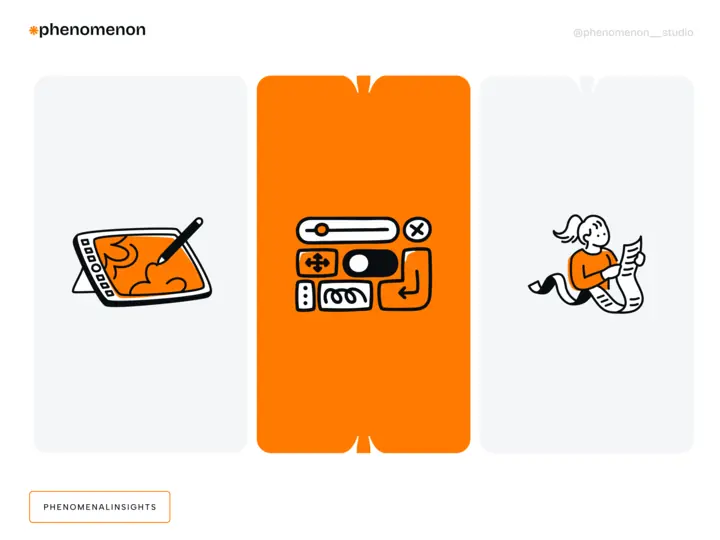Discover everything you need about technical workshops in this comprehensive guide. Learn how to plan, design, and facilitate engaging and successful workshops with practical tips, examples, and best practices.
Introduction
Sometimes, it becomes challenging to navigate terms like MVP, prototype, and proof of concept. As a startup owner and enthusiast, your goal is to begin developing your product as soon as possible. However, a lack of careful planning and analysis often costs startup companies fortunes, especially since their budgets are typically limited. To avoid complete failure, it’s essential to conduct a series of steps to understand the time and money required to make the final product functional, user-friendly, and technically accurate. By following the latest best practices tailored to your specific project, you can ensure the final product requires minimal refinement and is easy to scale.
This is where a technical workshop comes into play. Read the article to learn how the Phenomenon team leverages its expertise to ensure your project is developed to the highest standards, resulting in a true masterpiece of code.
What’s a Technical Workshop?
The technical workshop is a series of stages and tools designed to explore the project more deeply from a technical perspective without immediately committing excessive hours to development. This stage is ideal for those who:
-
Have an Idea and Want Detailed Analysis by Professionals:
If you have a concept but lack the technical expertise to flesh it out, this stage allows professional analysts to develop a comprehensive technical description of your idea. Imagine you have an idea for a web app that connects local farmers with consumers for direct produce sales. Analysts can define the app’s features, user flows, and necessary integrations (e.g., payment gateways or mapping services) without delving into the visual design aspects.
-
Possess a Ready-Made Design but Lack Documentation:
If you already have a design but no accompanying documentation, this stage helps create detailed product documentation. For example, you might have a UI/UX design for an e-commerce website. Analysts can document the technical requirements, such as the database structure, API endpoints, and security measures, ensuring that every design element is technically accounted for.
-
Want to Start Their Product from an Architectural Perspective:
Understanding the architecture early on can significantly impact the final design and implementation. This involves selecting suitable design patterns and considering architectural constraints. Deciding between microservices and a monolithic architecture is crucial for a cloud-based SaaS platform. Solution architects (SAs) can help you evaluate the pros and cons of each approach, considering factors like scalability, maintenance, and deployment.
-
Want to Estimate Maintenance Costs:
Knowing the potential maintenance costs upfront helps in budgeting and planning. This includes understanding the resources needed for servers, domains, cloud services, and various integrations. DevOps experts can estimate the costs of AWS services, third-party APIs for features like image recognition or sentiment analysis, and ongoing domain expenses for a social media application. They can advise on cost-saving strategies, such as serverless computing or containerization.
-
Aim for an Accurate Development Estimate and Timeline:
By the end of this stage, the goal is to obtain a precise estimate of the development time and costs. This involves detailed planning and resource allocation. The final deliverable for a fintech application offering personal finance management would include a breakdown of development phases, from initial setup and user authentication to transaction processing and reporting. Analysts provide timelines and cost estimates for each phase, ensuring stakeholders understand the scope and duration clearly.

Technical Workshop Structure
As a business owner, you might wonder, “What exactly will I receive after this stage?” At Phenomenon, we value your time and provide clear answers. Here are the specific deliverables you’ll receive:
Product Documentation
During this crucial stage, specialists come together to kick off initial meetings, engaging in comprehensive discussions covering all aspects of the project, addressing questions, and delving into technical aspects. This phase encompasses several key activities:
- Meeting Notes. Following each discussion, meticulous meeting notes are diligently updated to ensure the team retains all vital information without any loss.
- Technical Consultations. Technical experts working on the Technical Documentation phase are consulted simultaneously. This ensures alignment between the business idea and the technical proposals, ensuring feasibility and coherence.
- Functional Decomposition. A detailed list of features is meticulously crafted based on gathered data or conducted surveys. These features are then prioritized, broken down, and described for clarity and ease of understanding.
- Product Documentation. Building upon the insights gleaned from previous stages, comprehensive product documentation is curated at this stage. This documentation encapsulates the business logic, core objectives, and intricately detailed functionality, facilitating seamless comprehension by the future project team.
The depth of documentation detail is tailored to the specific project, domain, and prevailing conditions, ensuring relevance and effectiveness.
Technical Documentation
This process kicks off simultaneously with product documentation, as the solution architect (SA) is always present during the initial workshops, during which the client details their idea, existing components, or tested hypotheses. Throughout this phase, the SA focuses on:
- Minimum Spec Server. Crafting a list of server settings with minimal necessary specifications to handle anticipated loads effectively.
- Integrations. Identifying and compiling a list of potential integrations required for the project’s functionality.
- Technology Stack. Drawing upon research findings, the SA proposes a technology stack that meets current needs and anticipates future scalability requirements.
- Solution Architecture Diagrams (SAD). Formulating the overarching structure of the product through detailed diagrams illustrating the interactions between the Server, Integrations, and the chosen Technology Stack.
At the culmination of this stage, the team receives the Product Documentation, which offers a comprehensive technical perspective, including server specifications, technology recommendations, and the SAD diagram, providing a holistic view of the project’s architecture.
Decomposition & Timeline
At this stage, the Project Manager (PM) breaks the documentation into Epics and Sprints, allowing the Delivery Manager (DM) to create timelines based on a Gantt Chart or other suitable diagrams or tools. The timeline can be established in two ways: using real numbers and dates or a deadline-driven approach, where the client provides a critical delivery date, and the team is selected to meet this deadline as closely as possible. This latter approach may risk quality due to the intensity of tasks and the number of specialists involved. Considering the project team size, the client receives a realistic budget based on the described functionality and a potential implementation timeline.
Solution Presentation
At this final stage, we present our solution to the client. Although the client has been involved in each stage, this presentation serves as a final review where we emphasize the reasons behind our recommended integrations, technology stack, and approach. Additionally, we address potential challenges in meeting the proposed budget or deadline, ensuring the client fully understands our decisions and constraints.
Tips on How to Setup a Tech Workshop
Planning a Technical Workshop
Planning a technical workshop involves defining objectives, identifying participants, and developing a structured agenda aligned with the workshop’s goals. Prepare materials, set up tools and software, and choose a suitable location or virtual platform. Ensure active participation, document key points, and follow up post-workshop to track progress and update plans accordingly.
Facilitating the Workshop
To facilitate a technical workshop effectively, start with a brief introduction outlining the objectives and agenda. Encourage active participation through discussions and brainstorming sessions using interactive tools like whiteboards or collaboration software. Stick to the agenda but remain flexible for important insights. Assign a facilitator to guide discussions, ensure all voices are heard, and manage the time. Document key points and action items in real time. Conclude with a summary of outcomes and next steps, and follow up with detailed notes and responsibilities for all participants.
Post-Workshop Activities
After the technical workshop, focus on several key post-workshop activities to implement the outcomes effectively. First, compile and distribute detailed notes, including key discussions, decisions, and action items, to all participants. Schedule follow-up meetings to address any unresolved issues and monitor the progress of assigned tasks. Update the project plan based on the workshop outcomes, incorporating any new insights or changes. Finally, ensure continuous communication with all stakeholders to maintain alignment and momentum. These steps help translate the workshop insights into actionable plans and maintain project progress.

Before You Go: Expert Help in Building Your Product
Typically, the team for each workshop includes technical experts, such as Solution Architects or Senior Developers, who handle technical documentation and solution presentations. A Business Analyst focuses on product and technical documentation and decomposition, while the Delivery Manager and Project Manager handle decomposition, timelines, and overall coordination. A UX/UI designer may also be included if needed to enhance the user experience and interface design. This is how we do business at Phenomenon. No empty words so that you know what you’re getting.
Our team comprises highly experienced specialists with 5-6 years of expertise and relevant certifications, ensuring top-quality results. We prioritize selecting professionals with specific domain expertise to match your project’s needs. Contact us and dedicate your project to creative dreamers with solid technical expertise.













